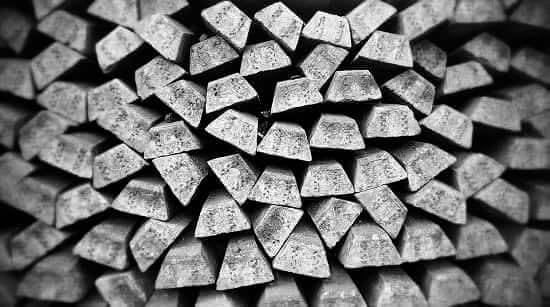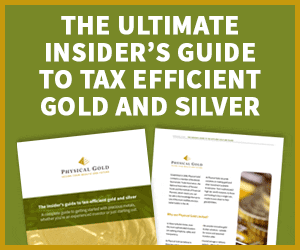Blog
What’s the Difference Between Silver Bars and Silver Ingots?
Silver bars and silver ingots might sound identical; they’re made of the same material, so what’s the difference, right? In reality, there are some key distinctions that you should learn if you want to buy or sell silver.


Investigating silver ingots
As you might imagine, the main struggle that comes when attempting to define what separates silver bars from silver ingots is down to the flexibility of the language and how the meanings of these words can vary from place to place.
In basic terms, a silver ingot is a non-specific amount of silver that has been shaped to make it easy to store, transport and process. Silver is not the only type of metal that comes in ingots; infact most manufacturing processes that involve precious and non-precious metals will at some point involve ingots.
Thinking of buying silver bars? Read our FREE 7 step checklist first. Download here
Ingots can be thought of as a blank slate; a convenient form in which silver and other metals can exist until they are needed. They might be melted down or machined to make something new. They might remain in their ingot form until a later date, or to act as a currency reserve in their own right.
Breaking down silver bars
This is where things get a little tougher because in some senses the words ‘bar’ and ‘ingot’ are effectively interchangeable when referring to silver or gold. But for practical purposes, and for those who know a bit more about the industry, it’s sensible to define these terms as distinct from one another.
A silver bar is essentially a 

A silver bar also has to conform to specific dimensions to meet these internationally recognised standards. It must have a height of between 60mm and 100mm, a top surface length of 250mm to 350mm and a top surface width of 110mm to 150mm.
As you can see, there is a decent amount of leeway in terms of what is acceptable by these standards.
Finally, a silver bar needs to come with a serial number, assay stamp, fineness figure and year of manufacture all displayed on its surface.
Investing in silver bars and silver ingots
For most investors, silver bars which are properly manufactured and correctly standardised will be the best, or indeed only investment option. Plain silver ingots are not commonly encountered on the open market and tend to be used by manufacturers for practical production purposes, rather than as a means of storing wealth and netting a healthy return.
Buy silver right here at Physical Gold
Our site provides easy access to silver and gold trading, so whether you are buying or selling we can help. To get guidance on making investments and more information about our services, call 020 7060 9992 or get in touch via our site.
Image Credit: Pixabay

